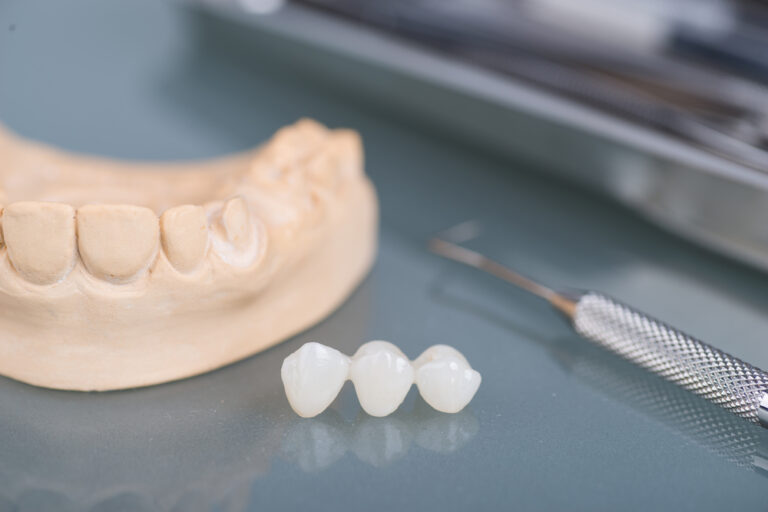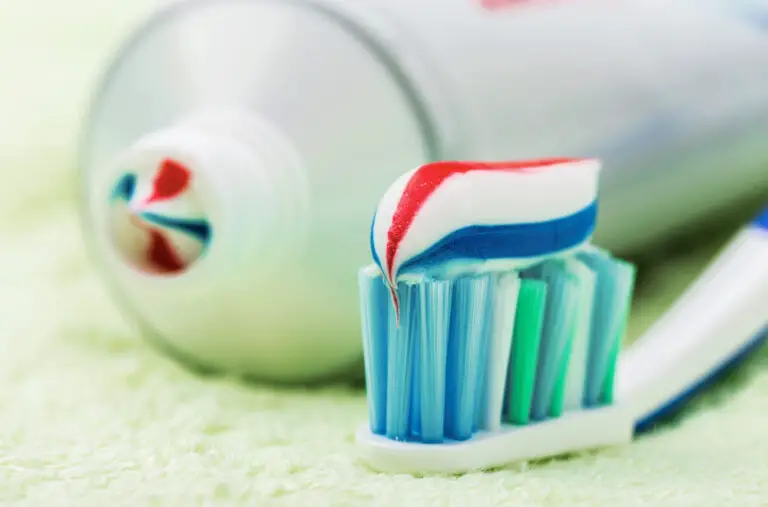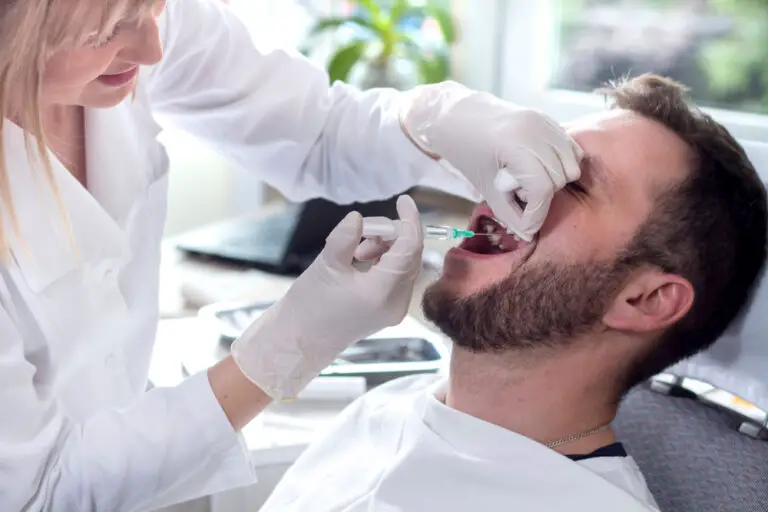There are many things to worry about if you’re having dental issues. Sometimes, you’ll have to deal with discomfort or pain while wondering if your teeth will ever feel strong and healthy again. Other times, you’ll be stressed out about whether your dental insurance plans can cover your procedures.
But one of the most common (and most valid) concerns when struggling with dental problems is whether you’ll still have that gorgeous smile when you flash your pearly whites.
That’s why restorative dentistry exists. This type of dentistry saves and restores how your teeth look and function when it faces any sort of decay or trauma. It keeps your dental health in tip-top shape while allowing you to keep your beautiful smile.
What does restorative dental treatment cover, you ask? Keep reading to find out!
What is Restorative Dentistry?
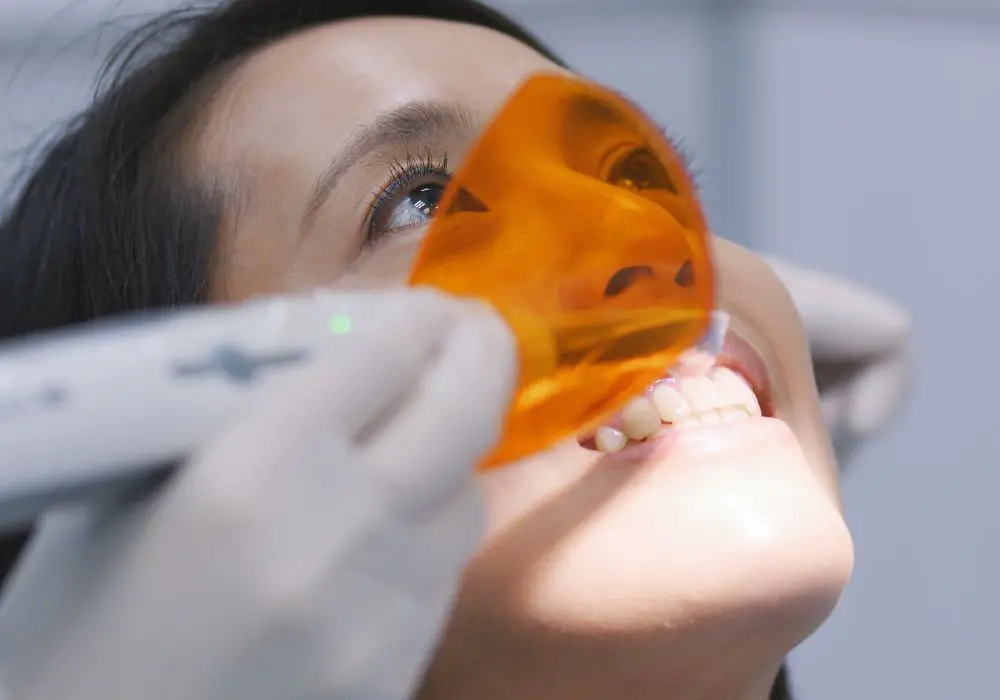
Restorative dentistry is a specific field of dental work that deals with repairing damage to teeth. The goal of dentists who specialize in restorative dentistry is to “save” your teeth when they look like their structure and integrity are about to be compromised.
By working to restore the functionality of your teeth, this type of dentistry also makes your pearly whites look healthy, making your smile look gorgeous. So, while restorative dental work is mainly done for oral health reasons, it has a cosmetic benefit on the side, too.
When you get restorative dental procedures done, you’ll notice a world of difference in your teeth. Discomfort will decrease significantly, and your smile will look healthier and more whole. It may even improve your bite, allowing you to chew and talk more comfortably and naturally.
Who Would Need Restorative Dental Treatments?
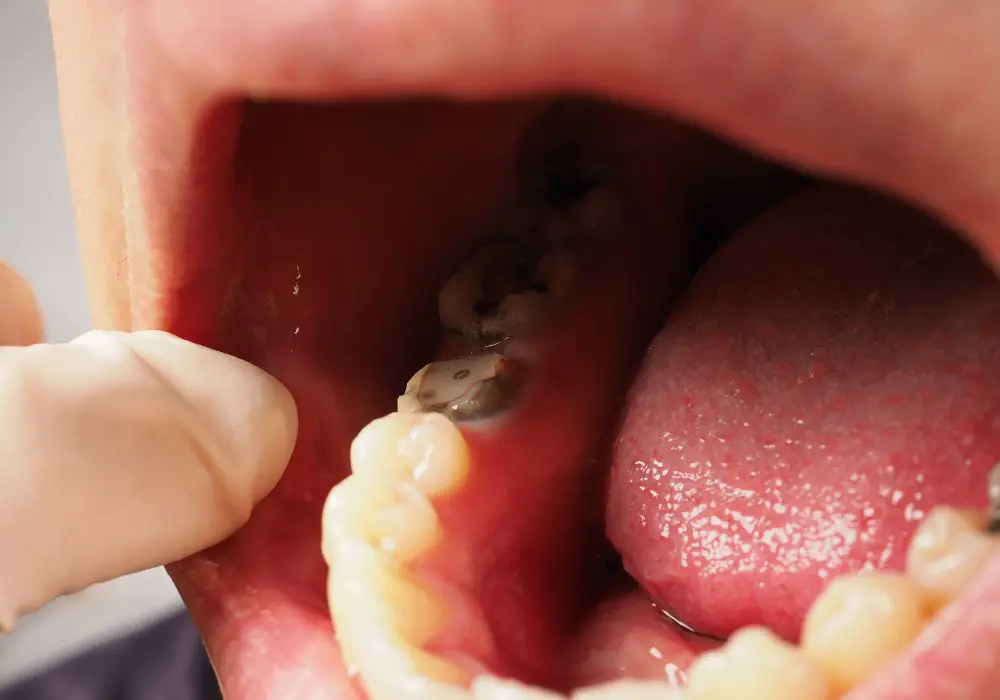
There are three common reasons why someone would need to get restorative dental care. Let’s take a look at each one.
1. Tooth decay
Perhaps the most common reason why someone would be prescribed restorative dental care is because of tooth decay.
When your teeth get damaged due to you eating too much sugar or letting bacteria fester in your mouth, small holes might develop in the enamel. These holes are called cavities. Anyone can get cavities, from small children to healthy adults to the elderly.
Cavities are permanent and can’t be reversed. The only way to save your tooth if it has a cavity is by getting restorative dental work done by your trusted dentist.
2. Dental trauma
If you have a missing tooth or two from an injury or accident, restorative dental care is necessary. Trauma to the mouth can result in damaged teeth, making it painful and difficult to bite, eat, or speak. Luckily, there are plenty of restorative dental treatments that can be a solution for this.
3. Wear and tear
Aside from cavities and trauma to the teeth, you might also need restorative work if your teeth are worn for other reasons, such as wear and tear that comes with age or acid erosion. This can also include bruxism or the bad habit of grinding your teeth in your sleep or stressful situations.
Common Procedures Under Restorative Dentistry
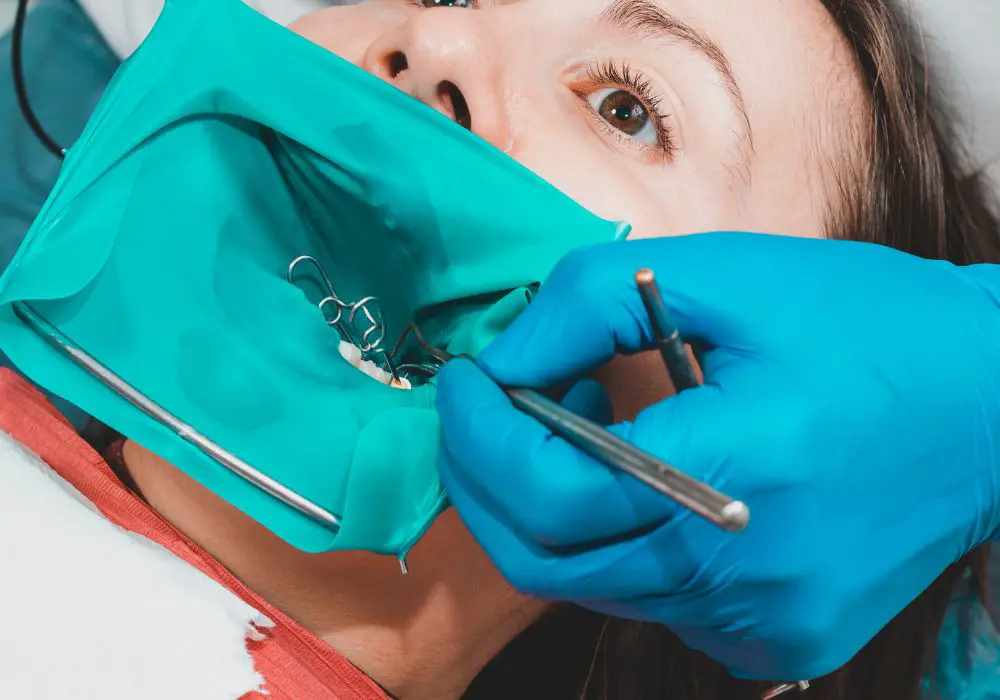
Now that you know what type of people need restorative dental work, let’s look at what this branch of dentistry offers. Here are some procedures that fall under this field:
1. Dental fillings
Fillings are probably the most common restorative dental procedure. They fill in a hole or gap in your tooth when a cavity takes over. Your dentist will take out the decayed parts of the tooth. Then, to restore the durability of your tooth, they will replace the missing area with a filling.
There are plenty of types of dental fillings out there. Dentists can use one or an amalgam of materials to fill your tooth. These include composite resin, gold, silver, porcelain, and many more.
There are two kinds of fillings—inlays and onlays. An inlay fills in a bare area inside your tooth, while an onlay sits on top of the tooth if the damage was on the outer areas.
Learn more about the history and significance of fillings by watching this informative video:
2. Dental crowns
Crowns are also a part of basic restorative care. It’s an alternative to fillings for restoring teeth with cavities, specifically if the tooth is way too damaged to be filled.
A dental crown is a cap that covers the entire tooth and is then sealed to lock it in place. This protects the real tooth from getting any more damaged.
Crowns can be made from a material similar to teeth or metals like gold and silver. So, while they’re meant to restore a damaged tooth, they also improve the overall aesthetics of your teeth.
3. Dental bridge
Bridges are very similar to crowns. But instead of covering just one tooth with a cap like a crown does, bridges cover multiple teeth at a time. This is a terrific procedure for those with plenty of damaged teeth that need to be shielded from further damage.
Dentists will create bridges that fit right over your damaged teeth. Then, they’ll bond the bridge with the healthy teeth next to the damaged ones to keep them in place.
4. Dental bonding
If you have a tooth that is broken or chipped off, your dentist can use composite materials to form that area, making your tooth whole again. That way, your teeth will look healthy without ragged edges. You’ll also get your ability to bite on food properly again if it was a problem before.
Dentists will use resin materials that have the same color and texture as teeth for bonding procedures. When you’re done, you won’t even be able to tell that part of your teeth was bonded!
5. Partial and full dentures
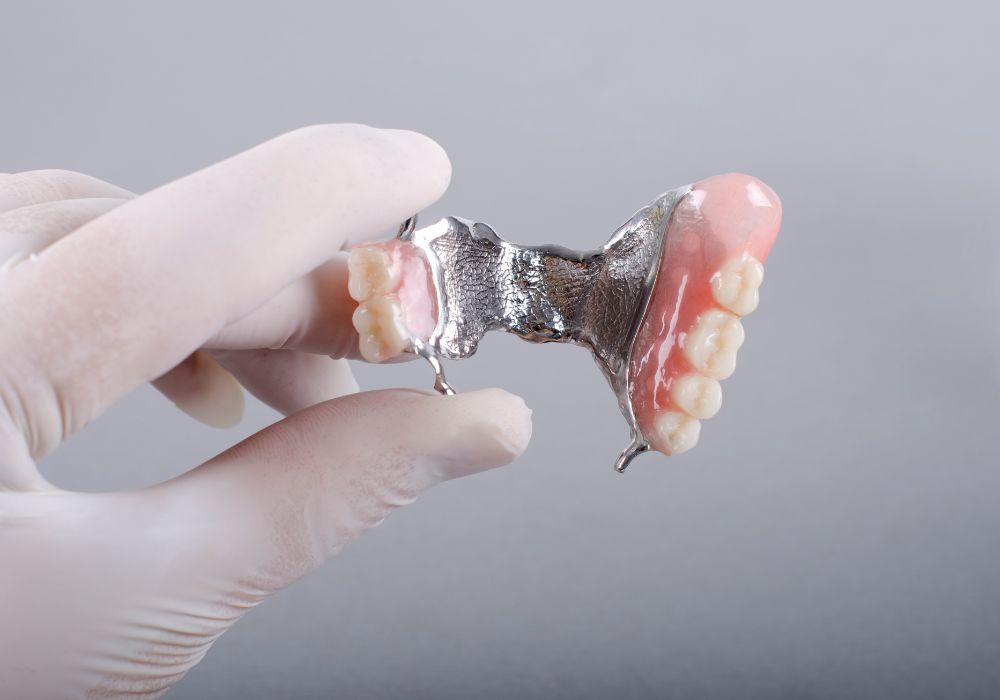
Some people think that dentures are mainly aesthetic dental procedures, but that couldn’t be farther from the truth. Dentures are a terrific way to replace missing teeth, or teeth that are getting weaker, making it hard to chew or speak.
What’s great about dentures is that they’re low maintenance. They’re made to fit your mouth to a T and are removable, so you can take them off when you don’t need them.
There are two types of dentures. Partial dentures are meant for one specific area of your teeth only, like if you have wear and tear only on your upper left molars. This type of denture is anchored onto precision attachments on your teeth.
Full or complete dentures, on the other hand, are meant to cover your entire set of teeth. These dentures are held in place with a dental adhesive or the natural suction of your mouth against your gums.
6. Dental implants
Fillings are great for damage that sit on the surface or shallow inner parts of the teeth. But if your tooth is damaged deep in the root, you might need to look at other options. One of these options is dental implants.
A dental implant is a metal replacement for your tooth’s root anchored into your jawbone. Then, it’s topped with an artificial tooth, kind of like a crown, above the gum line. Over time, your bone will grow around the root replacement, locking it in place permanently.
7. Root canal therapy
Another type of major restorative dental care is getting root canal therapy. This procedure is considered a restorative treatment because its main goal is to keep your real tooth intact while taking away that pain and discomfort that comes with a damaged, inflamed root.
The difference between this and implants is that the actual tooth isn’t replaced. The dentist will merely remove the damaged area in your tooth’s root and seal it up with a filling, leaving your natural tooth as is.
Does Getting Restorative Dental Work Done Hurt?

Many of the treatments we listed above will require some form of local anesthesia. So, you won’t even feel a thing as you’re getting the treatment done. However, it’s important to remember that everyone has a different experience when getting restorative dental work done.
For people with a higher pain tolerance, most if not all of these procedures will be a walk in the park. Those who have a lower threshold of pain and are getting major treatments done might need a little extra help managing the after-effects.
It’s always best to communicate with your dentist about how sensitive you can be to pain, especially in your gums and teeth. They can help find the best anesthesia for you to ensure you’re as comfortable as possible while getting your restorative dental treatments.
Conclusion
Restorative dentistry is a lifesaver if you’re concerned about your teeth not working properly after wear and tear or an accident that knocked a tooth or two out. Not only does it save your teeth most of the time, but it also ensures that you can smile confidently and beautifully.
This field of dental work has a lot to offer, from your regular fillings and crowns to major restorative care, like implants and root canals. To know what your teeth needs, schedule an appointment with your dentist so they can assess your pearly whites and make the best recommendations for you.
Got any more questions about restorative dentistry and whether it’s right for you? Leave a comment down below, and we’ll get back to you soon.


